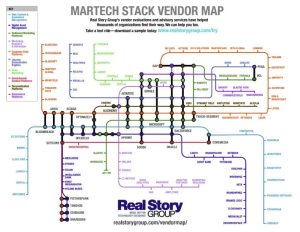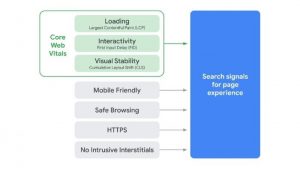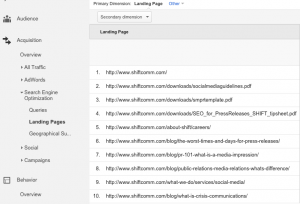Do you want to start a successful business with content that you don’t create yourself?
You can build a business by using content that your audience makes. People leave online reviews for books, products, movies, and classes all the time. And they create social media and blog content to share their experiences.
If you develop a platform where people can share their content in a meaningful way, you’ll have a powerful business on your hands that provides value.
However, you need to create the right business model and use the right tools to build such a website. Let’s break it down further so that you can start a business with the majority of your content made by others.
Create a website with a purpose
The magic of the internet is that there’s content for virtually any need. However, the tremendous information that’s available is also a problem. People struggle to find information that actually helps them. So, curating content and providing a platform that gathers relevant data is itself a way to provide value.
Before you start engaging people and collecting user-generated content, begin with a purpose. What kind of content do you want to aggregate? Who is your audience and what need of theirs do you propose to fulfill?
In the following section, we’ll cover different types of websites or business models that you could create.
Examples of websites with user-generated content
If you’re wondering what kind of website you can build from other people’s content, here are a few ideas.
Directories
While online directories like Google My Business and Yelp already exist, there’s always room for carefully curated directories in a specific location or industry.
Think about ideas for niche directories that you could create. Maybe you can build a directory for museums in your state. Or one for special crafts and hobbies.
A website that has high-quality information about certain businesses that actually helps people is a sure-fire way to rank well online. And after you set the groundwork for a good directory, businesses will approach you to add them to your listing. Just make sure that you avoid spammy and unverified businesses to avoid getting penalized by Google.
Review sites
Another way to use user-generated content is to feature reviews. Reviews help people choose the right books to read, movies to watch, and places to visit. They’re a great way to foster discussions and provide information.
You can create a platform that gathers reviews from your audience. Invite people to share their experiences and even get featured based on their contributions and you’ll see an inflow of useful content.
Real estate and property listings
People who want to sell their homes and other types of property use sites like Craigslist to find interested buyers.
You can effectively create your own listings website for real estate in a specific area and get users to send you their property information to get listed.
Job boards
Finding relevant candidates for a role is challenging for even the best businesses. If you work in a specific niche, then a great idea is to set up a job board for that area of work.
When you have a job board that’s relevant and specific, you’ll find more visitors who will come to your site to get information. You’ll also attract businesses that will want to post their job requirements on your website.
Fiction and story websites
Thanks to the internet, it’s easier than ever for anyone to share their stories online. While there already exist several good-quality websites for story submissions, there’s always room for platforms that focus on specific topics. Accepting guest posts and user-submitted stories is a powerful way to draw readers to your website.
Look at your area of interest and expertise before deciding the kind of website you’ll build. Having a clear focus and intention for your content will build your authority in a specific area. And it will help you curate your user submissions for the best quality content.
How to collect and present user-generated content
Bringing traffic to your website alone doesn’t create revenue. Setting up ads on your website or charging a fee for listing a business are a few ways to generate income.
However, it is essential that you have high standards for a website that leverages user-generated content. Many businesses use online directories and listings as ways to get backlinks and boost their SEO – something Google has long picked up on and accounted for.
Make sure that you provide accurate, useful, and curated information that helps your audience and serves a purpose.
You’ll need to provide a way for people to submit content and for you to moderate and approve their contributions. And providing several people with backend access to your website is not a great idea.
An easy solution is to use an advanced form tool that accepts content from your users. The right form tool will also help you convert your user submissions into front-end content.
Turn user inputs into blog posts, tables, calendars, lists, and other views that are internet-friendly. And you’ll have an instantaneous way to turn submissions into attractive galleries, posts, and more.
Back to you
You don’t need to create all your content for your website. In fact, some of your best content can come from your audience.
We’ve looked at how user-generated content can be used to build a profitable online business. And also how a form tool is a simple way to manage the process of taking user-built content and presenting it on your website.
When you have a purpose for your website and curate your user-submitted content, you’ll build a profitable business that provides value to your audience.
Business & Finance Articles on Business 2 Community
(48)






